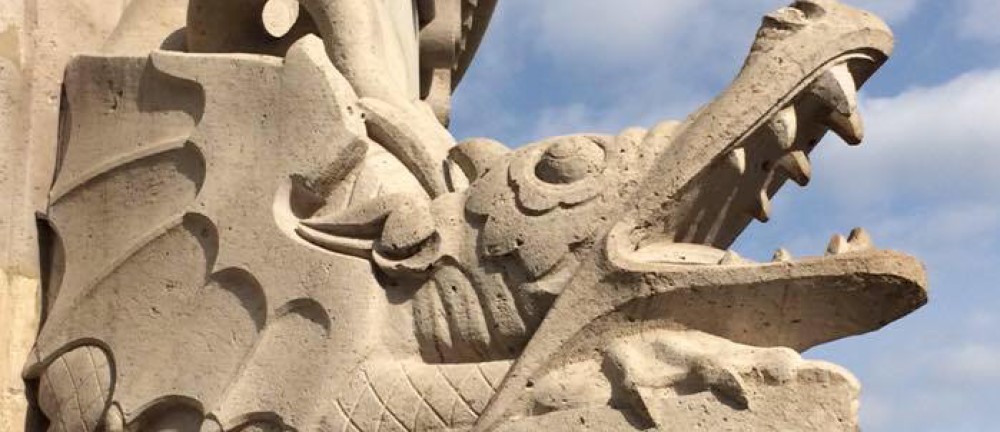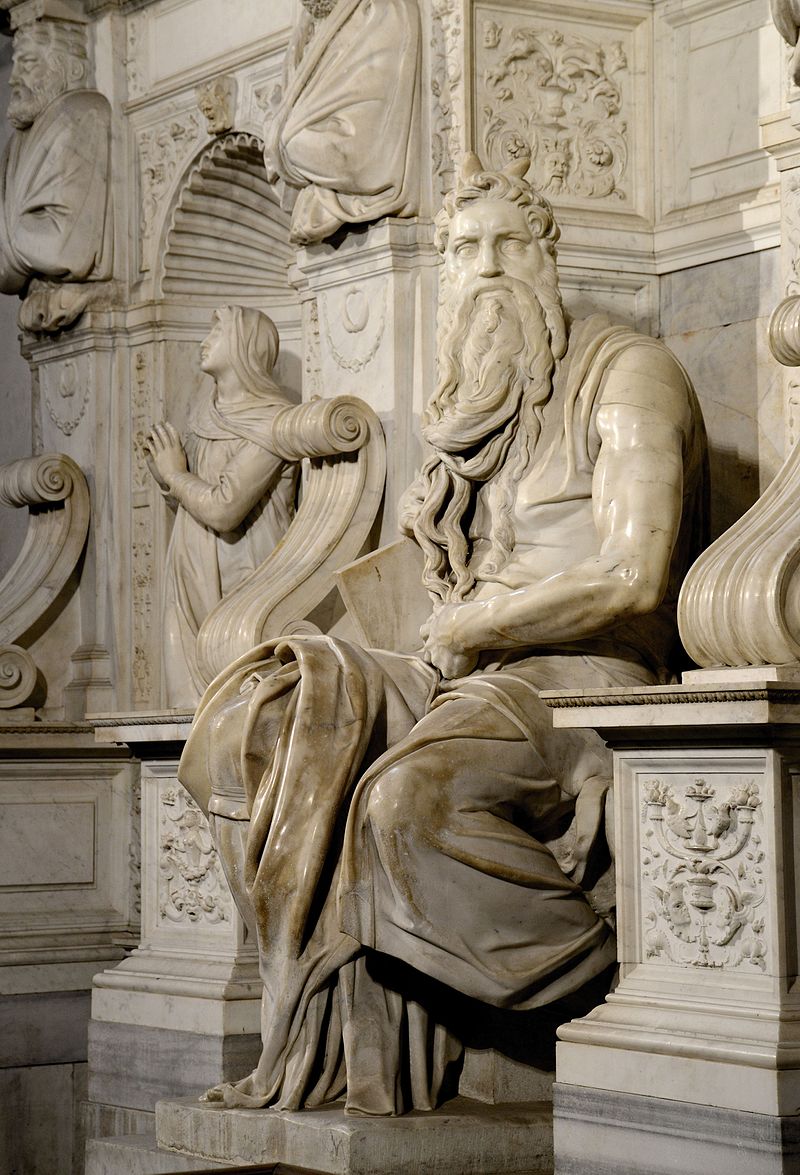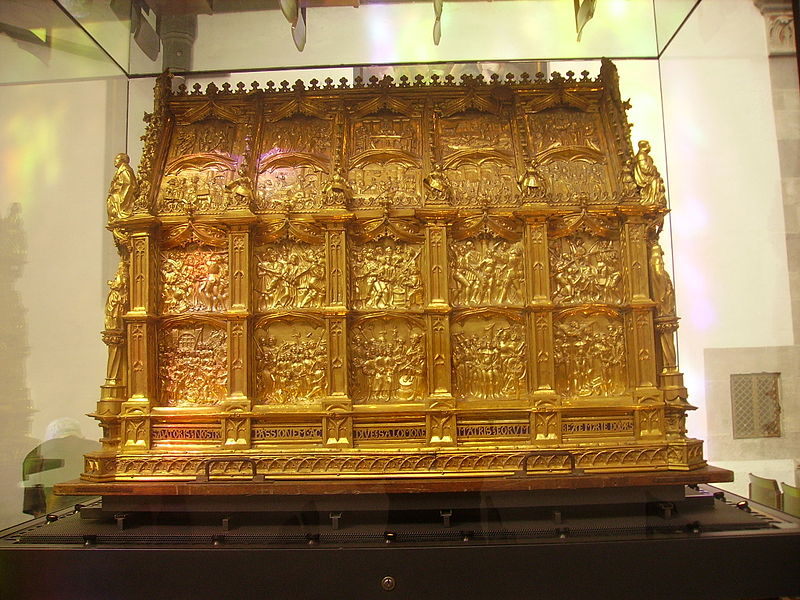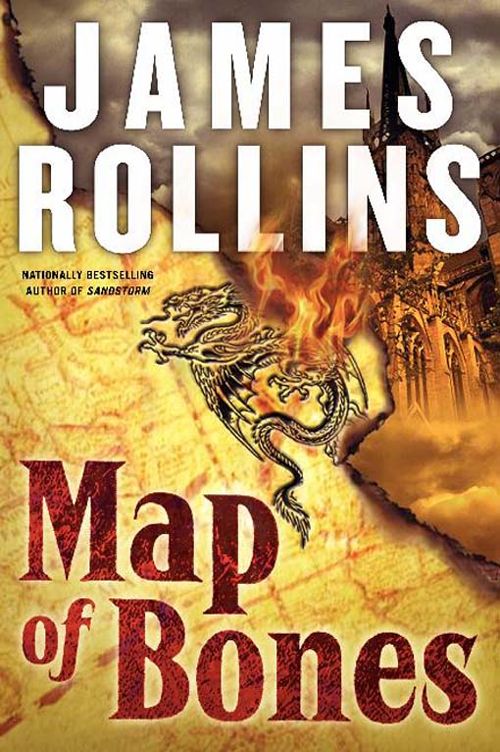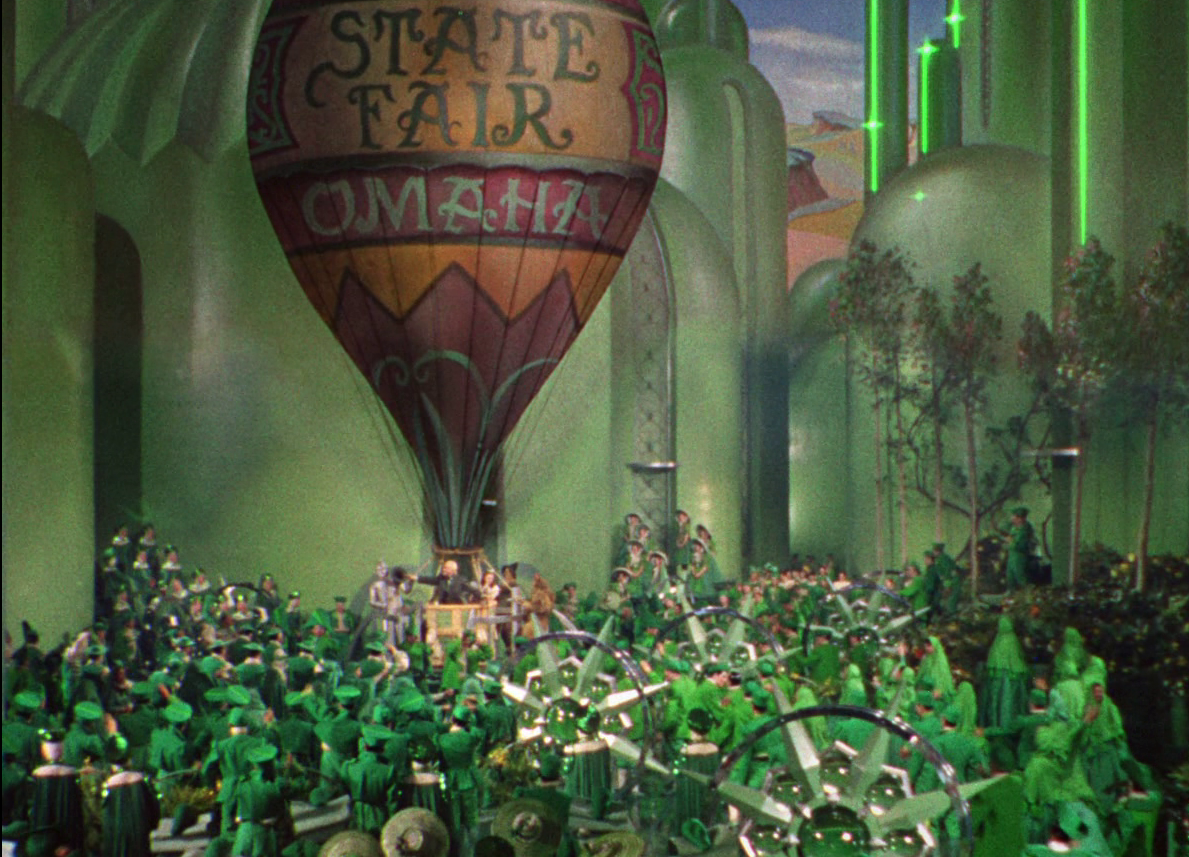
The Wizard of Oz intends to escape from the Emerald City in the same balloon that brought him from Kansas.
It was on August 17, 1978 that three Americans–Max Anderson, Ben Abruzzo, and Larry Newman, all from Albuquerque, New Mexico–made the first transatlantic balloon trip. Starting from Maine on August 11th, they traveled in Double Eagle II over 3,000 miles in 137 hours, landing about 60 miles west of Paris.
But perhaps the most famous hot air balloon ride of all time was one that only happened in our imaginations, in Hollywood. It was the balloon ride that brought Professor Marvel from Kansas to Oz in a windstorm, a tornado not unlike the one that brought Dorothy herself to Oz later. And it was in that same hot air balloon that Professor Marvel, after having been exposed as the “Wonderful Wizard of Oz,” proposed to take Dorothy with him back to Kansas. Of course, we all know that did NOT work out as planned! Toto saw a beautiful Siamese cat and jumped out of Dorothy’s arms at the last moment. Dorothy scrambled out of the balloon’s basket to get Toto back and the Professor, having already released the balloon’s ballast, was unable to bring the balloon back down to earth to retrieve Dorothy. He sailed off across the Emerald City and back to Kansas. He got there just in time to welcome Dorothy back when she awoke on her own bed–having returned to black-and-white Kansas herself thanks to the aid of Glinda the good Witch of the North (who told Dorothy to simply click her heels together three times as she repeated, “There’s no place like home!”)
Using air and wind to travel was a longtime dream of mankind. It was also one of the most famous accusations against those accused of witchcraft during the great European witch hunts of the 1600-1700s. Flying on broomsticks–like the wicked Witch of the West!–was taken as a sign of the perversity of the accused by the witchcraft judges but people like Professor Marvel (who were able to use air and wind in a “scientific” way even though he himself confessed, “I don’t know how it works!”) were regarded with awe and amazement.
Double standards? For sure! The boundaries between magic and science prove again to be so porous and permeable that one’s person’s science is another person’s magic and vice-versa!
